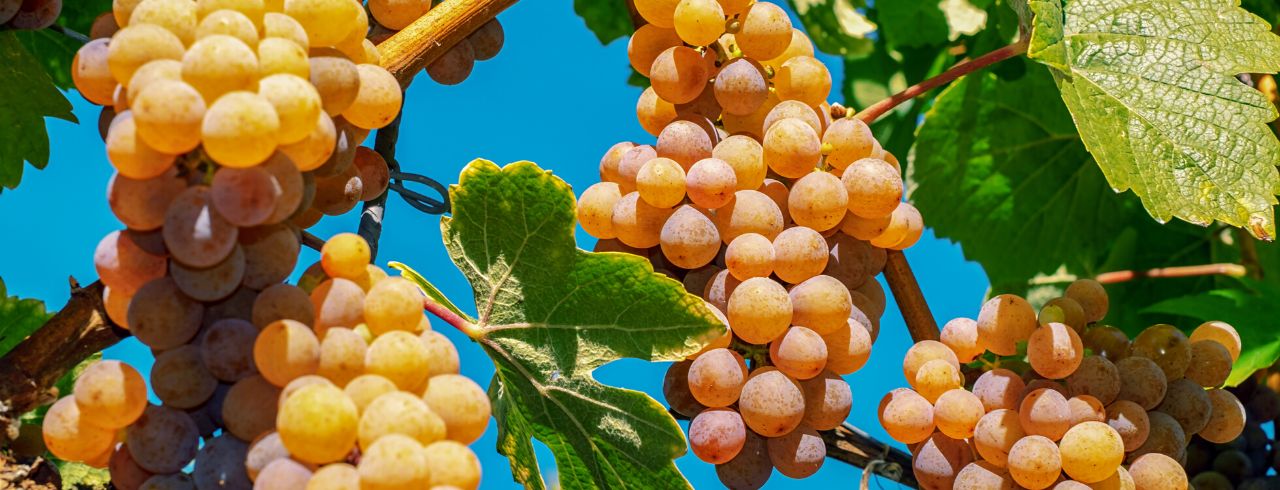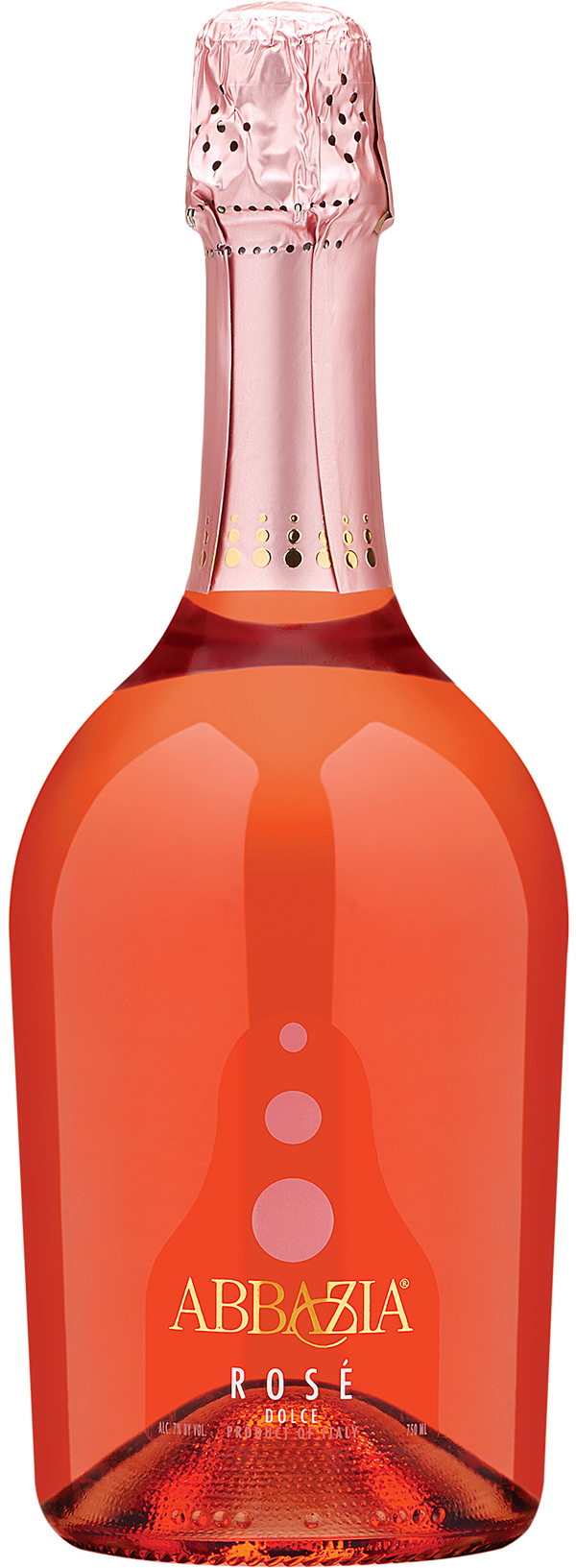
A Comprehensive Guide to Dessert Wine
We're firm believers in the saying, "have your cake, and drink it too!"
Sweet and dessert wines are a delicious way to end a meal or get together, usually acting as a perfect way to round out a delicious food-filled gathering. With its characteristic sweetness and moderately high alcohol content, sweet wines offer intense aromas and concentrated candied and honeyed flavors.
Contrary to popular belief, some sweet wines are aged up to 15 years, picking up darker, richer flavors that make them taste less like simple sugar and more like a complex vino.
For many, a dessert wine can be as simple as any wine enjoyed during dessert. To others, dessert wines are specifically chosen for their sweetness, opened on special occasions, served in smaller glasses, and slowly sipped through thoughtful food pairings.
Look no further if you’ve got a sweet spot and a sweet tooth for these wines. We’ve put together a comprehensive guide to sweet and dessert wines, starting from the various production methods and ending with an overview of our selection of sweet wines.
So How is Sweet and Dessert Wine Made?
There are several ways through which modern winemakers produce sweet & dessert wines. We’ll be diving into a few specific production methods, going through how each one adds sweetness and alcohol content in its unique way.
The Process of Making Sweet and Dessert Wines
Method 1: Fortification
Fortification is one of the most common ways winemakers will “sweeten up” a wine. Typically, during or after the fermentation process, a grape spirit (or “brandy”) is added to a wine, depending on the specific type of wine being made.
If the grape spirit is added after fermentation, the wine develops a dry finish, and if added during fermentation, the wine intensifies its sweetness. When the wine ferments the added spirit, its alcohol content breaks down the yeast. This leaves residual sugar in the wine, making it sweeter and increasing the overall alcohol content. A higher alcohol percentage allows some sweet and dessert wines to be aged for longer and have a longer shelf life.
Method 2: Late Harvest
Leaving grapes on the vine for longer than intended allows them to over-ripen. Naturally, this causes the grapes to be packed with natural sugars. The extra time winemakers allow the grapes spans anywhere from one to two months after the initial harvest. Some of your favorite sweet wines come from this method of production!
Method 3: Noble Rot
Don’t be alarmed: despite the word “rot” in this production method, it produces some of the most expensive sweet wines. Winemakers who use this method will usually let late harvest grapes sit on the vine until they rot and develop a grey fungus.
Botrytis Cinerea's fungus grows on the outsides of the grape clusters. This fungus, also known as the noble rot, severely dehydrates the grapes, stripping away their water content but simultaneously skyrocketing the sugar concentration!
Method 4: Ice Wine
This production method is perhaps the most difficult out of all of them. Vineyards with climates that drop below freezing points cause the water in their grapes to freeze solid. While the grapes are still frozen, these grapes are harvested in the dead of night to ensure cool temperatures. Once pressed, the fermentation can take between 2 to 6 months since the juice is so concentrated and sweet.
Method 5: Passito
You’ve probably picked up on the goal of all these production methods: increasing sugar content in grapes in any way possible. This production method involves drying grapes like any other type of fruit.
First, the grapes are essentially left on the wine until they are nearly entirely dried out, then harvested. The next step is to either further dry the grapes by laying them on straw mats or hanging them from ceilings in warm, indoor rooms.
Sweet & Dessert Wine Varietals
Moscato
- Notable Regions Grown: Piedmont & Asti Regions of Italy, California, Australia
- Origin: The origins of Moscato can be traced back to Greece
- Sweetness: Semi-sweet
- Flavors: Peaches, lemon, orange, pear, honeysuckle
Moscato has gotten worldwide attention for its delicate, sweet fruit flavors. Moscato wines are a popular wine made from the Muscat family of grapes, which consists of over 200 varieties. Moscato wines are known for their sweet, citrus aromas that feature notes and flavors of orange, pear, lemon, and more; however, the grapes can also be used to make dessert wines, which are known for their sweet and rich caramel flavors. It is also one of the oldest wine grapes in the world.
Food Pairing with Moscato
Moscato is intended to be served chilled and pairs well with light, zesty salads and a number of desserts, including apple and peach cobblers. Some common food pairings with Moscato include the following:
- Meat: Roasted chicken or steak
- Seafood: Poached fish fillet
- Cheese: Mature burrata cheese, Mozzarella, Grana Padano
- Dessert: Chocolate or custard pie, sweet cashew nut curry
Riesling
- Notable Regions Grown: Germany, United States, Australia, Italy
- Origin: Germany
- Sweetness: Dry, semi-sweet, or sweet
- Flavors: Apple, Citrus, Peach, Honey
The Riesling grape varietal is one of the most versatile grapes out there. Most Riesling wines are known for being very dry, enamel-stripping wines. But at the same time, this varietal makes deliciously sweet, high-quality wines, with a seemingly perfect amount of sugar you can taste in each sip.
Originating from the Rhine Basin of Germany, this grape gives off delightful perfumed, floral aromas on the vine, translating to a highly acidic wine. The acidity of Riesling wines allows it to be suitable for extended aging since the high sugar content helps preserve it in the cellar. Riesling wines are usually enjoyed when young, giving off grapefruit, gooseberry, and rose blossom flavors.
Food Pairing with Riesling
Riesling wines are notoriously dry and crisp, giving them a distinctive minerality, acidity, and palate. This helps it pair well with a wide selection of meats and seafood but also helps it play nicely with a variety of cheeses. But best of all, if you’re a caramel or chocolate lover, this wine is the best friend to sweet treats!
- Meat: Pork, Foie gras, Smoked meat, BLT sandwiches
- Seafood: Lobster, scallops, crab, seared fish
- Cheese: Goat cheese, blue cheese
- Desserts: Caramel, apple pies, cheesecake, Almond Joy
Serving Sweet & Dessert Wines
The rule of thumb for lighter sweet wines is that they should be enjoyed quickly, like other dry wines we know so well. However, many people prefer to enjoy their dessert wines one slow sip at a time, so keeping your serving size in mind is always a good idea. Many sweet wines come in half-sized bottles since they can be quite concentrated.
Additionally, sweet and dessert wines should always be served lightly chilled. Chilling sweeter wines help slightly counteract the sweetness and also help preserve the more delicate flavors in each sip. We recommend serving these dessert wines in regular glasses or a Port glass.
Sweet & Dessert Wine In a Nutshell
With many styles to choose from, sweet and dessert wines can satisfy sweet cravings for many different palates. These wines are no less complex than other dry wines. Rather, the sweetness of these drinks introduces a new set of unique flavors and textures in each sip, keeping a smile on your face as you finish your equally delicious dessert!












